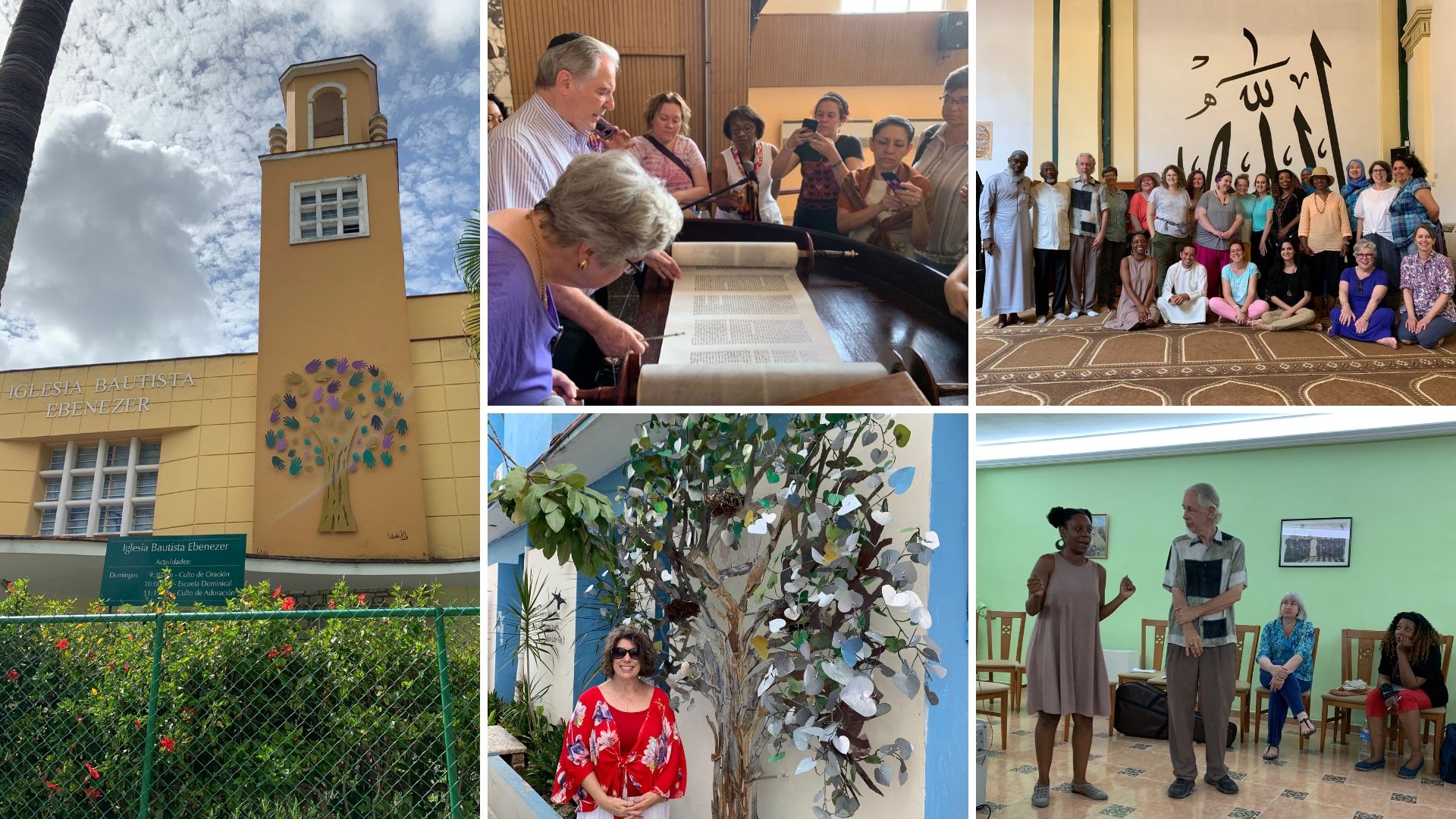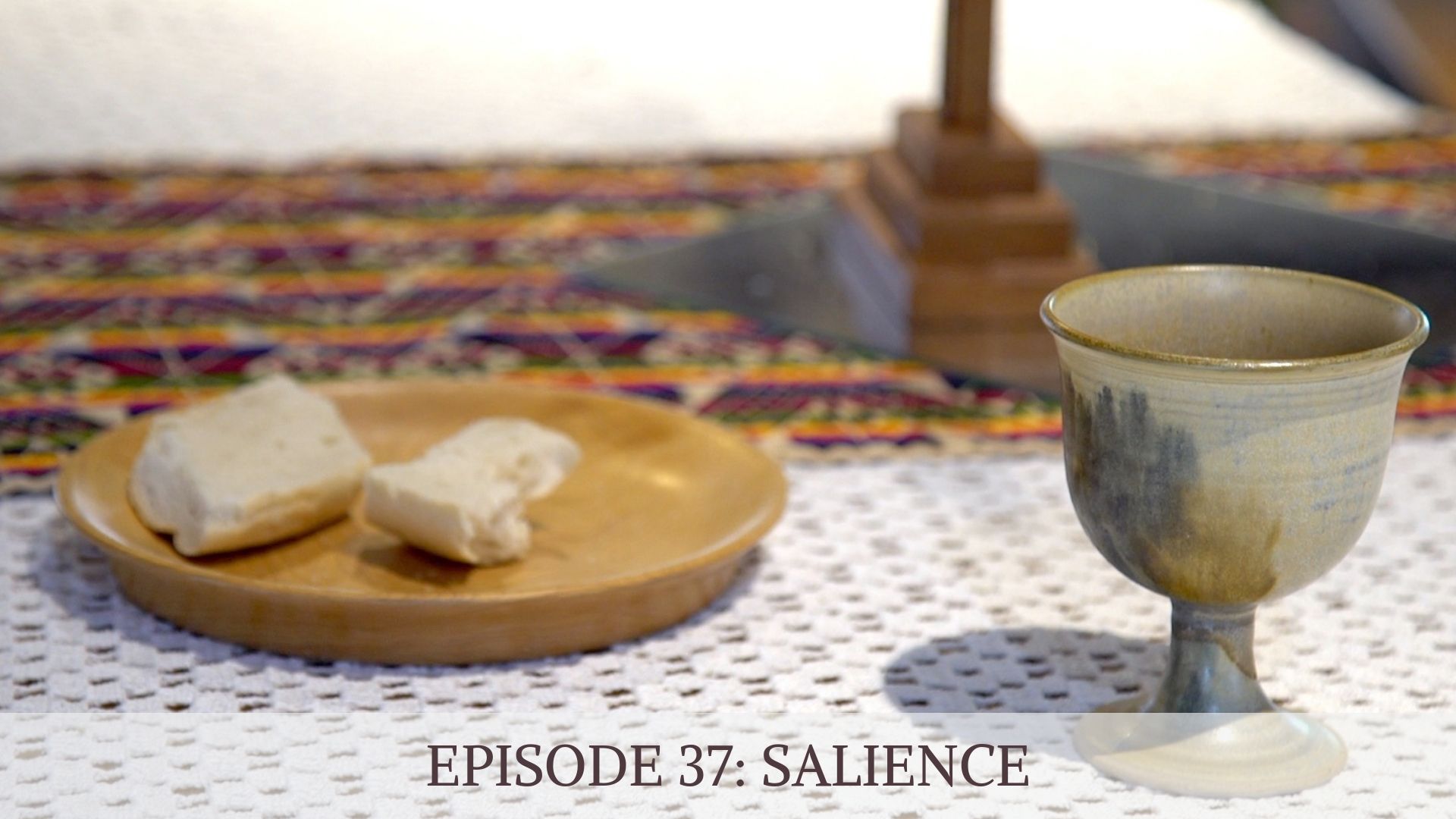Salience.
Seeing what is important in a field of things or a situation; sorting through possible meanings to find the one that is pertinent, urgent or more immediate in character. Salience. /ˈsālēəns/
This week’s episode of Three Minute Ministry Mentor is about the importance of salience for the practice of ministry. New pastor Rev. Malinda, a white woman in her late 20s, finds herself on the first day of work in a new congregation wondering what to do with her day and her time. It takes her some months to fully grasp how to plan her week, and in the mean time she takes one step she knows will help…
When you are new to the practice of ministry, seeing what is salient in a situation is challenging. Sometimes you pay attention to the wrong things and sometimes you miss something big or important in the moment. Even when you are a seasoned minister, entering into a new situation can make salience quite hard.
Salience in Cuba
Earlier this summer I accompanied students and colleagues to Cuba as part of Central Seminary’s Women’s Leadership Initiative for a course in which we were to immerse ourselves in a cultural and religions situation unfamiliar to us. Our “cross-cultural” praxis course provides a good example of how challenging salience is in a new situation and unfamiliar context.
Seeing what is “actually there” – on the surface or in greater depth – in Cuba is so much more than can be accomplished in one week of visiting. Culture, politics, religion, economics, history, language. To understand a new people and place can take years. Even with hundreds of pages of reading or hours of documentary watching, picking out what is salient in a new situation remains so very challenging.
Students who made the trip were all visiting the island-country for the first time. As part of our experience in the busy week, we visited an Islamic mosque, a Jewish synagogue, and a Santeria home-altar. We also visited the Martin Luther King, Jr. Center in Havana, and Baptist congregations in Havana and Matanzas.
We had the advantage of expert teachers and guides, thorough interpreters, and advance preparation, yet each new situation challenged our ability to see and grasp the most important, urgent aspects of the moment. Student blogs, journals and case studies explored the challenges of salience in many ways.

We saw and heard examples of salience among the pastoras and professoras that we met in Cuba, as well as in the leaders of faith traditions beyond Christianity.
We heard stories about how pastoras in Cuba see the most important aspects of community and focus the attentions of their congregations on care and compassion.
We heard from a rabbi who showed us how difficult moments require a shift in priorities in order to care appropriately for the flock.
We learned from teachers how to see what is important and then to risk critique that will lead to change.
As we got to know Cuban leaders, they confirmed for us that the power of seeing the “more” of any given situation is key for leading effectively. They were demonstrating for us their wisdom in the practices of pastoring, teaching and leading. They were agile in their ability to see with salience. We only touched the tip of the iceberg in what there is to know about the practice of ministry in Cuba.
+++++++++++++
Free Article!
Would like to read the fuller story of Rev. Malinda’s experience in her first year in congregational ministry? Perhaps you would like to share it with a mentor, a mentee, or a friend? If you forward this week’s email and copy us ([email protected]) we will send you access to the full article:
“Ministry as Spiritual Practice: How Pastors Learn to See and Respond to the ‘More’ of A Situation” by Eileen R. Campbell-Reed and Christian Scharen
Abstract
Christian ministry in a changing and challenging context requires “pastoral imagination,” a capacity to perceive the “more” in a situation and act wisely in response. Case studies from the Learning Pastoral Imagination Project show how ministers learn—through everyday pastoral practice and particular moments of ministry—to engage the “more” in situations by 1) seeing what is actually there, 2) recognizing the theological stakes, 3) knowing how to respond, and 4) responding in ways deeply connected to the community of faith and its participation in God. The dynamic of learning over time is key to understanding ministry as spiritual practice.
You can also get the code for this article by sending us a DM on Facebook this week and including your friend, mentor or peer in ministry. We will share the code with both of you!
+++++++++++++
Would you like each episode delivered to your inbox weekly? Please sign up today or share this link with a friend in ministry!
*Rev. Malinda, a pseudonym, is a participant in the Learning Pastoral Imagination Project. This story is shared with her permission.




